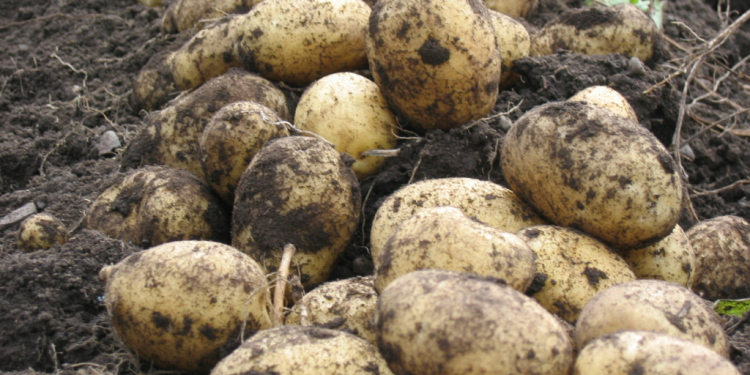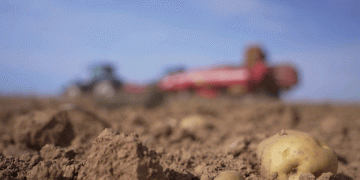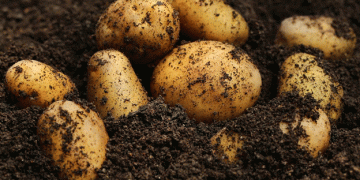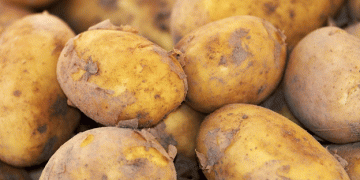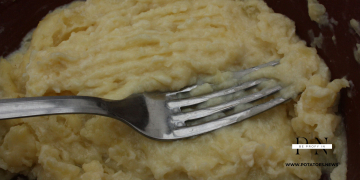Growers can make use of the auxiliary troops from the soil. During the webinar about farming aids in the soil, Emiel Elferink and Eline Keuning from Bioclear Earth gave tips on how to stimulate soil life that is favorable for plant growth.
Elfering describes all these useful soil organisms as pacemakers for chemical processes, biological regulators and engineers in the soil system. “A Greek philosopher called the worms all the bowels of the earth,” he says. Worms, bacteria and fungi are able to provide nutrition, water and protection for the crop. As a grower, you can also nourish and protect that soil life, so that these farm helpers are present and active for cultivation.
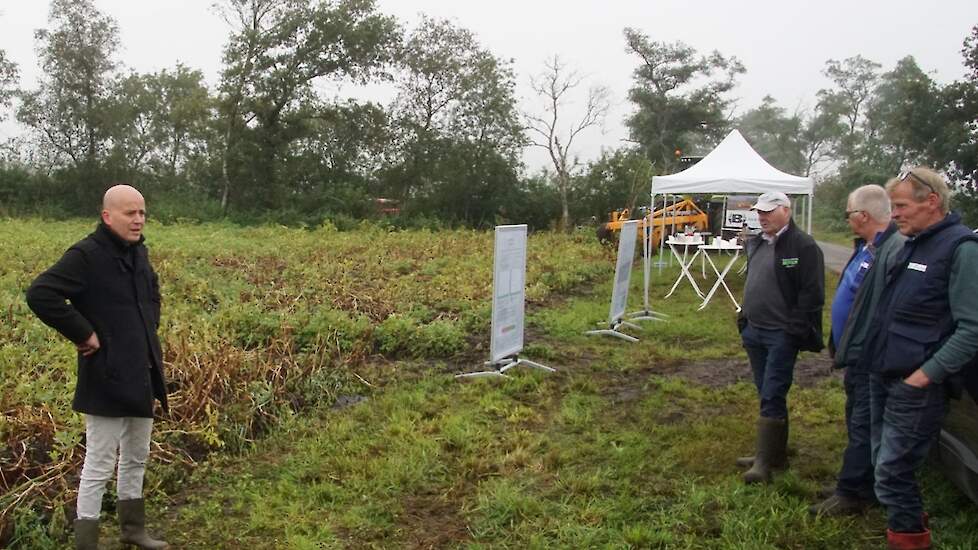
When it comes to nutrition, the grower can use crop residues, animal manure and soil improvers to encourage the worms to convert and enrich the soil and to control the ratio of bacteria and fungi. Elferink: “Bacteria like quickly biodegradable organic material such as slurry and fungi. You do a great job with compost and solid or rough manure. In general, organic fertilizers are positive for soil life. ”
In terms of acidity, the preferences of fungi and bacteria differ. “The optimal pH for fungi is slightly more acidic. Bacteria prefer a slightly alkaline environment. Furthermore, the fungi do not like high nitrogen fertilization. That is why those solid fertilizers are better. ” Fungi that live on dead wood can like sawdust. Elferink thinks growers can choose the system in which the plant needs the fungi instead of feeding the plant itself.
Keuning says that stimulating soil fungi can reduce the nuisance caused by nematodes. “There are even fungi that can catch nematodes with a lasso.” Certain fungi promote water absorption for the plant during drought. “You would want to stimulate those fungi before that drought occurs.”
Means with bacteria or fungus
Products with stimulating fungi or bacteria can be good, according to Keuning and Elferink, but they advise growers to be very critical of them, because the range is large and the question is which applications contribute something and which only cost money. Elferink talks about more than a thousand means for grafting soil or seed. He certainly expects some chaff in the wheat.
Above-ground biodiversity results in underground biodiversity. That is why Keuning and Elferink think that growers in the future will benefit from other forms of agriculture than monocultures. Within a plot this can be done by intercropping, strip cultivation or agroforestry. “Keeping crops green all year round, green manure and undersowing are therefore good,” says Elferink. “It sounds like cursing in church, but even weeds can be better than fallow. Apply a mulch layer if you do not have a living crop. That is a protection for soil life. “
Keuning does not expect that in 20 years’ time we will have the whole of the Netherlands full of food forests. She does, however, expect a sharp increase in diversity on farmland. “Something like herb-rich grassland has then become very normal, I expect.” The diversity prevents the rapid spread of diseases and pests and underground diversity ensures protection of the plants.
Elferink thinks that total abjuration of fertilizers is not necessary. “With too much of it, the plant does not need soil life. Giving a little boost to initial growth can be good for the development of biomass and how stimulate soil life through that plant growth. ”
Visible
Farmers can count worms or look at the structure of the soil in a profile pit. The latter is an indicator of fungal and bacterial life, but it is difficult to see how active it is. Elferink mentions two playful ways of observing the degradation processes by fungi and bacteria in the soil: digging in ‘Lipton tea bags’ or ‘cotton Hema underpants’. Those tea bags are made of nylon.
“You can then use the one with green tea and the one with rooibos tea. The green tea breaks down easily and the rooibos contains a little more lignin (wood dust). After about six weeks you can see how well the soil life breaks down this. The underpants must largely be gone after three months on a healthy soil. ”

Scientists use more precise techniques than the tea bags and the underpants. Keuning says that more and more can be learned about the composition of soil life with DNA techniques. “Then you have a kind of license plate system for the various soil organisms. Scientists all over the world share the knowledge in their databases with each other. ” Research into the genetics of soil life is underway in the Northern Netherlands, among others. Researchers monitor the composition of soil life in various crops.
